The Peace through Development II project (PDEV II) assists communities in Niger, Chad and Burkina Faso to reduce their risk of instability and increase their resilience to violent extremism. PDEV II applies a holistic, community-led approach to address socioeconomic, political and cultural drivers of violent extremism. PDEV II focuses particularly on addressing the concerns of young men and women, who are at greatest risk of being recruited by violent extremist organizations.
West African countries have experienced frequent incidents of violent conflict. Although the causes of state fragility and political instability in the region are deeply rooted and structural in nature, there have been occasions when large scale violence and instability have been sparked by elections or election-related processes. Despite best intentions embodied in the Economic Community of West African States (ECOWAS) Protocol on Democracy and Good Governance, and the Conflict Prevention Framework, violence is still commonplace during elections in the region. Conflict early warning and response are therefore seen as critical conflict mitigation priorities by West African governments. Strengthening early warning and response around key elections in the region will help to increase stability and reduce the potential for future conflicts
Between 2000 and 2013, eight of 15 West African nations experienced at least one year of violent conflict. The majority of countries in the region are vulnerable to future strife because of their legacies of conflict and overall state fragility. USAID|West Africa manages a complex regional portfolio aimed at strengthening systems of non-violent conflict management in West Africa, primarily by improving regional conflict early warning and investing significantly in countering violent extremism (CVE) at the community level across the region. However, USAID efforts are challenged by the difficulty of measuring impact in this complex programming environment and the general lack of sound data and local analytical capability.
The United States Agency for International Development’s (USAID) Leadership, Management and Governance project strengthened Afghanistan’s systems for delivering health and education services by increasing the knowledge and capacity of healthcare providers, program managers, and policy makers. The project provided technical assistance to the Ministry of Public Health and the Ministry of Education with a focus on increasing transparency about how budget resources are used and accountability for results.
Monsoon season floods and landslides hinder aid delivery and exacerbate living conditions for displaced people. Approximately 80,000 people evacuate from areas at risk of landslides since July. USAID/OFDA partners continue to assist earthquake-affected populations.
It is widely recognized that inadequate access to water and sanitation services has enormous health, economic and social consequences. Poor water quality continues to pose a major threat to human health. Diarrheal disease is the second leading cause of death in children under five years old, and is responsible for killing around 760,000 children every year (WHO, 2013). A significant proportion of diarrheal disease can be prevented through safe drinking-water and adequate sanitation and hygiene. In communities that lack safe drinking water, women and girls spend several hours each day collecting water from distant sources, and this reduces opportunities to attend school.
The upland forests, coastal resources and wildlife that support the social, ecological and economic resilience of West Africa are at risk. Complex forces that drive resource degradation—illegal and unsustainable logging, wildlife poaching and trafficking, poverty, population growth and weak governance—threaten the sustainability of key transboundary resources and undermine the ability of the human and natural systems to respond and adapt to climate change shocks and stresses. Projected changes in the West African climate—temperature increases on the order of 2-3 degrees centigrade, unpredictable rainfall, and the greater frequency of droughts and floods—will affect livelihoods and challenge economic growth and resilience across the region.
With increasing rates of population growth and urbanization, infrastructure in African cities, such as water delivery systems and wastewater systems, can be overwhelmed. Poor governance, chronic underinvestment and a lack of skilled staff make it difficult for urban water utilities to provide safe drinking water to consumers. However, experience suggests that strong leadership and institutions, coupled with preventative risk-based management approaches and sustained capacity-building efforts, are critical to improving the quality of drinking water services in African cities
West African countries are experiencing change at many levels—climatic, agricultural, demographic, political and socioeconomic. As a result, a growing number of major challenges threaten the region including high climatic variability; rapidly growing populations and climate-driven land use; and human and land cover changes that result in considerable pressure on the fragile resource base.
Some of the lowest rates of improved sanitation in the world are in Benin (13 percent), Côte d’Ivoire (14 percent), and Ghana (28 percent). There are minimal services for safe disposal and treatment of human waste. Densely populated areas, such as slum communities, do not have enough space to construct household toilets. Land disputes and a lack of urban planning complicate this problem. Most urban families desire a toilet, particularly to protect the privacy of the women and children in the household, but there are few affordable sanitation options that suit their needs. Disconnected supply chains make products expensive and difficult to acquire, and service providers often fail to provide quality materials.

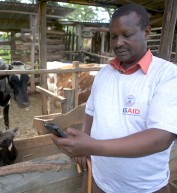
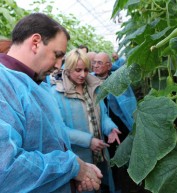
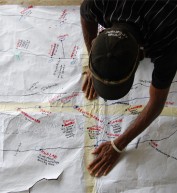
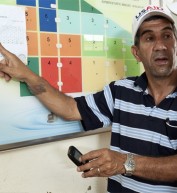

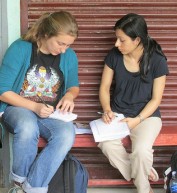
Comment
Make a general inquiry or suggest an improvement.